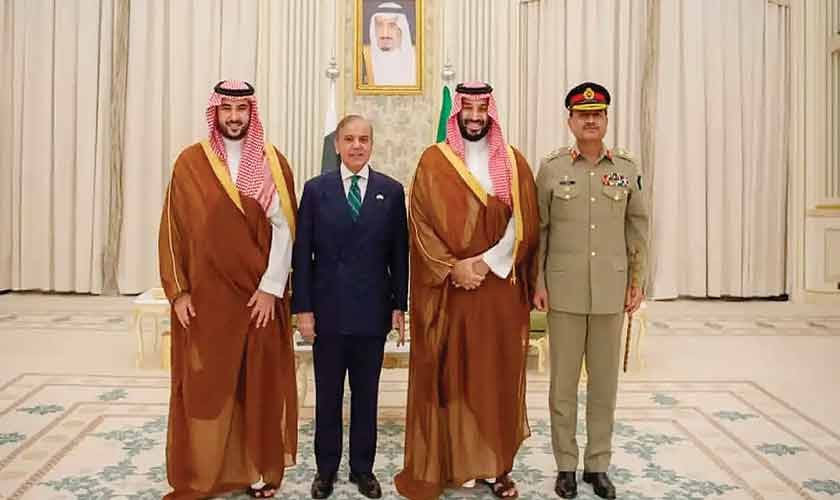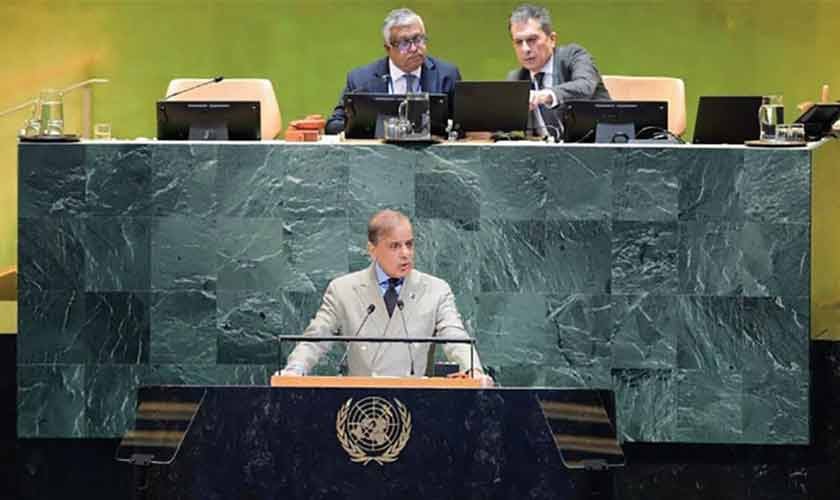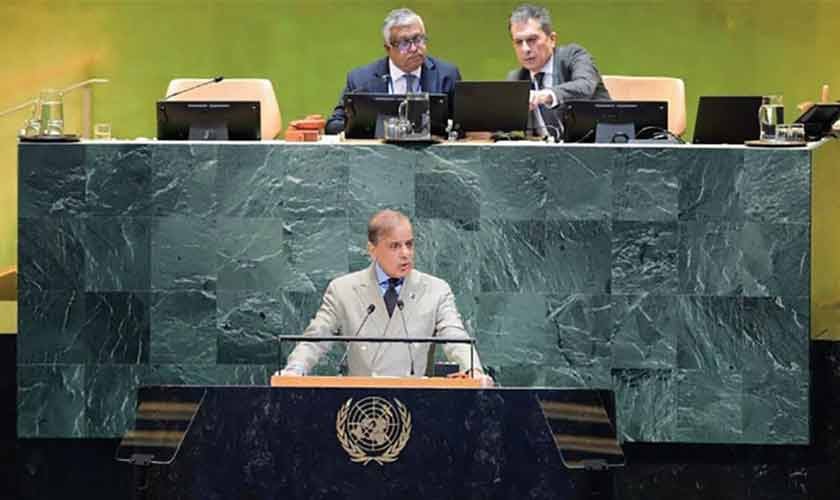When Pakistan and Saudi Arabia signed the Strategic Mutual Defence Accord (SMDA) last month, it felt less like the start of something entirely new and more like the natural progression of a friendship that has quietly shaped regional politics for decades.
For years, Pakistan has provided military training and stationed some of its troops in the Kingdom, while Saudi Arabia has frequently extended vital economic lifelines to Islamabad in its moments of need. The two countries have now announced that an attack on one shall be treated as an attack on both.
Such formal defence guarantees are rare in South Asia and the Middle East, where alliances mostly rest on tacit understanding rather than written pledges. To grasp the importance of this step, one only has to look back at other attempts at collective security in the region.
The Gulf monarchies, for example, signed the GCC Joint Defence Agreement in 2000, creating the Peninsula Shield Force. In practice, however, it was hobbled by politics and slow consensus-building. By contrast, the SMDA, a bilateral pact, offers greater agility and clearer responsibility.
The SMDA also draws comparisons with the Iran-Syria treaty of 2006 that bound the two states to stand by each other against external aggression. That agreement was a decisive factor in Syria’s long civil war, where Iranian support ensured the survival of the Assad government.
Likewise, the Turkey-Qatar Defence Cooperation Agreement of 2014 allowed Ankara to station troops in Doha and became a lifeline for Qatar during the 2017 blockade. The lesson from these episodes is that defence pacts, if backed by political will, can carry real consequences in times of crisis. The Pakistan-Saudi pact carries similar potential.
What makes the SMDA stand out, however, is not just its joint defence pledge but the opportunities for greater economic cooperation resulting from it. Both Pakistan and Saudi Arabia have developing defence industries. These are now likely to find common ground.
Pakistan’s experience in producing small arms, tanks, and fighter jets such as the JF-17 can complement Saudi Arabia’s growing push under Vision 2030 to develop an indigenous defence production base.
Crucially, this extends into the digital realm. Joint ventures could focus on developing secure communication systems; electronic warfare suites for all kinds of vehicles and aircraft; and integrated battle management software, ensuring interoperability from the outset. Joint projects in research, production, and technology transfer could ensure that both countries are less dependent on external suppliers.
The pact implicitly covers the most pressing challenge of modern warfare: cyber-attacks, drones, and hybrid threats. Both countries have witnessed incidents of drones striking sensitive infrastructure — Saudi Arabia’s oil facilities at Abqaiq in 2019, and Pakistan’s occasional exposure to drone incursions in its border regions. Such attacks can no longer be treated as isolated events.
This will likely accelerate cooperation in cyber defence, satellite monitoring, and anti-drone technologies, areas where Pakistan’s technical expertise and Saudi Arabia’s investment capacity can create a formidable partnership. We can expect to see the establishment of a joint Cyber and Electronic Warfare Directorate to share threat intelligence in real-time and conduct coordinated defence of critical national infrastructure.
Pakistan’s prowess in drone manufacturing, with platforms like the Burraq and Shahpar, paired with Saudi investment, could lead to a regional hub for developing advanced unmanned systems and the electronic countermeasures to defeat them.
The implication is that aggression in cyberspace or by unmanned systems may no longer remain in the shadows — it could trigger a joint response under the accord.
Beyond the security dimension, the economic spillover of such cooperation can be profound. Defence manufacturing is not only about building weapons; it is also about creating entire industries of innovation, engineering, logistics, and technology.
For Pakistan, collaborating with Saudi Arabia could mean the development of new defence-industrial complexes, expanded research hubs, and thousands of skilled jobs. For Saudi Arabia, which is determined to reduce its reliance on foreign defence imports, the partnership offers an avenue to fast-track self-sufficiency.
Together, both countries can nurture an ecosystem where universities, private firms, and state-owned enterprises contribute to a cycle of innovation that extends beyond defence, spilling into civilian technology sectors such as aerospace, cybersecurity, and artificial intelligence.
The SMDA should be seen in the geopolitical context. The region has witnessed a variety of security arrangements over the decades — from the Baghdad Pact of 1955, to the GCC’s more symbolic defence framework.
The Pakistan-Saudi agreement reflects a mature, time-tested friendship, not imposed by outside powers but shaped by shared values and decades of cooperation. It is also the first to be conceived in an era where warfare is as much about bits and bytes as it is about bullets and bombs.
The symbolism is important, too. For Pakistan, it signals a reaffirmation of its role as a guarantor of security in the Gulf and enhances its global standing. For Saudi Arabia, it reflects a diversification of its defence partnerships, showing that Riyadh is willing to look beyond Washington for reliable allies.
For the wider Muslim world, it offers an example of two influential states choosing to bind themselves together in pursuit of collective security and technological advancement.
All international agreements carry risks. Ambiguity about what constitutes aggression could one day test the limits of the agreement. Yet the very ambiguity could also enhance deterrence.
The SMDA is forward-looking, recognising that tomorrow’s wars will not be fought only with tanks and jets but also with codes, satellites, and unmanned systems. By committing to stand together, Pakistan and Saudi Arabia have created new space not just for joint security but also for innovation, investment, and technological self-reliance.
For now, the accord feels like a milestone. It is a promise that two old friends are ready to face the uncertainties of the future as partners — not just in times of crisis but also in building the tools of tomorrow’s security.
If history is any guide, the SMDA may be remembered not only as a defensive pledge but also as the beginning of a new era of joint strength — rooted in faith, cemented in trust, and oriented firmly toward the future.
*The writer is a practicing lawyer, mediator, arbitrator, and academic.*
https://www.thenews.com.pk/tns/detail/1348326-a-new-chapter-in-security-cooperation



